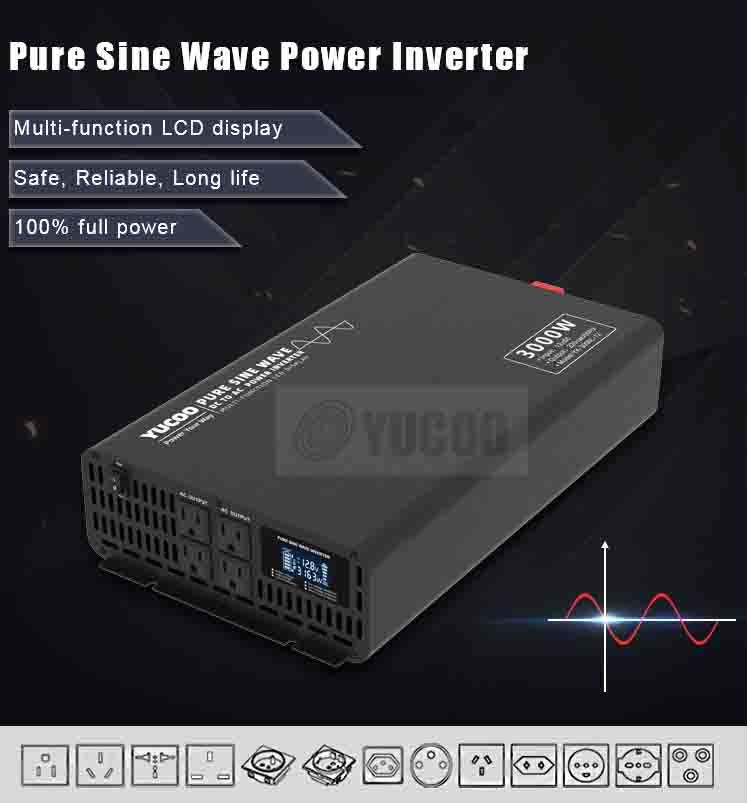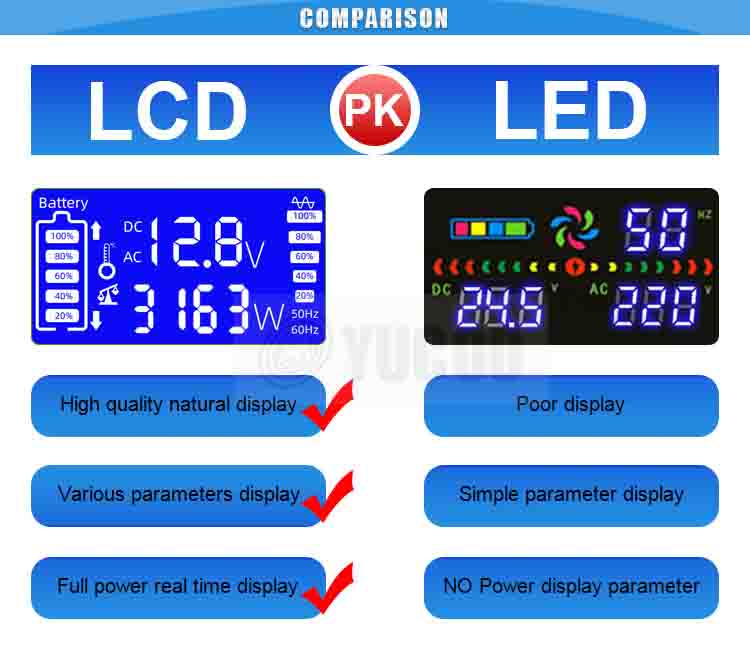News
Exploring the Dynamics of Inverter Technology: Types, Applications, and Market Trends
Click: 818 Date: 01/02/2024 2::18::04 PM
Exploring the Dynamics of Inverter Technology: Types, Applications, and Market Trends
Understanding Inverter Technology and Its Significance
Inverter technology plays a crucial role in converting direct current (DC) into alternating current (AC), a process vital to numerous applications such as renewable energy systems, electric vehicles, and power electronics. The inverter forms the heart of any power system, and its importance lies in its ability to manipulate the voltage and frequency of the output power, as well as synthesize the output waveforms with different characteristics.
The basic design of an inverter involves the use of power semiconductor devices such as transistors or Insulated Gate Bipolar Transistors (IGBTs) which act as switching components in the inverter circuits. These devices enable the rapid switching of the DC power, producing an AC output.
Inverter technology has evolved over the years to incorporate advanced designs and control strategies. For instance, modified sine wave inverters use more than two voltages to form a multiple-stepped approximation to a sine wave, reducing voltage and current harmonics compared to a basic inverter. This, however, requires additional switching components, increasing the cost.
Another advancement is the use of Pulse Width Modulation (PWM) in inverters, which allows for the regulation or adjustment of the inverter's output voltage, improving the quality of the waveform. PWM control schemes often use variable-frequency motor control inverters as they allow a wide range of output voltage and frequency adjustment.
In the context of renewable energy systems, inverters are crucial in converting the DC power produced by solar panels into AC power which can be used in homes or fed into the grid. In such applications, special functions such as maximum power point tracking and anti-islanding protection are integrated into the inverters.
In conclusion, understanding inverter technology and its significance is essential in the field of power electronics and renewable energy systems. The technology's ability to convert DC to AC, manipulate output power characteristics, and integrate with renewable energy systems underscores its critical role in modern power systems.
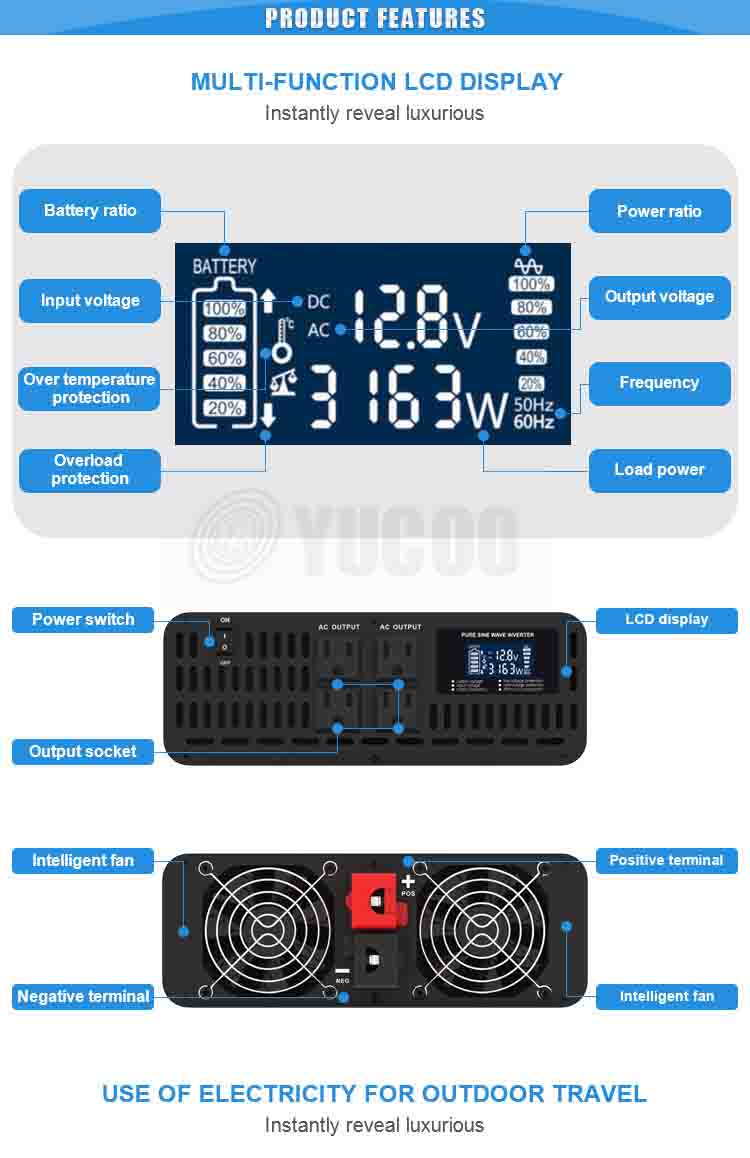
Different Types of Inverters and Their Applications
Inverters are essential devices that convert Direct Current (DC) into Alternating Current (AC). They play a crucial role in various applications such as renewable energy systems, motor controls, and power supply systems. Here are some different types of inverters and their applications:
Single Phase Inverters: These inverters are used in low and medium power demand applications. They are characterized by their low cost and ease of design.
Three-Phase Inverters: Used in high-power applications, such as High Voltage Direct Current (HVDC) power transmission systems. Their inversion process is more complex than that of single-phase inverters.
Square Wave Inverters: These inverters convert DC input into a square wave AC output. While their conversion process is simple, they are not suitable for sensitive electronics due to their high harmonic contents.
Sine Wave Inverters: These inverters produce a nearly perfect sine wave output, making them compatible with utility-supplied grid power and all AC electronic devices. However, their design is more complex and costs more per unit power.
Grid Tie Inverters: These inverters are designed to inject electricity into the electric power distribution system. They are synchronized with the frequency and voltage level of the grid and contain sophisticated safety features.
In terms of applications, inverters are used in Uninterruptible Power Supplies (UPS), AC adjustable speed drives, solar and wind turbine systems, electric vehicles, and even in electroshock weapons. They are also crucial in renewable energy systems, where they convert DC power from solar panels or wind turbines into AC power compatible with other appliances.
The Role of Computer and Circuit Technology in Inverters
Computer and circuit technologies play pivotal roles in the functionality of inverters. Inverters, which convert direct current (DC) into alternating current (AC), rely heavily on these technologies for their operation.
Circuit technology is crucial as it forms the backbone of the inverter. It is responsible for the physical conversion process of DC into AC. This is typically achieved through the use of power semiconductor devices, such as Insulated Gate Bipolar Transistors (IGBTs) or Silicon Carbide (SiC) devices. These components switch on and off rapidly to create a waveform that mimics AC. The design and efficiency of these circuits directly impact the performance and reliability of the inverter.
On the other hand, computer technology enhances the functionality of inverters by offering advanced control and monitoring features. Modern inverters often incorporate microcontrollers or digital signal processors to regulate the inverter's operation, optimize its performance, and provide safety features. For instance, these controllers can adjust the switching frequency of the power semiconductors to accommodate different load conditions, thereby improving the inverter's efficiency. They can also monitor the inverter's status and provide early warnings of potential issues, enabling preventive maintenance and reducing downtime.
In sum, both computer and circuit technologies are integral to the performance and functionality of inverters. They work together to ensure efficient conversion of power, advanced control capabilities, and reliable operation.
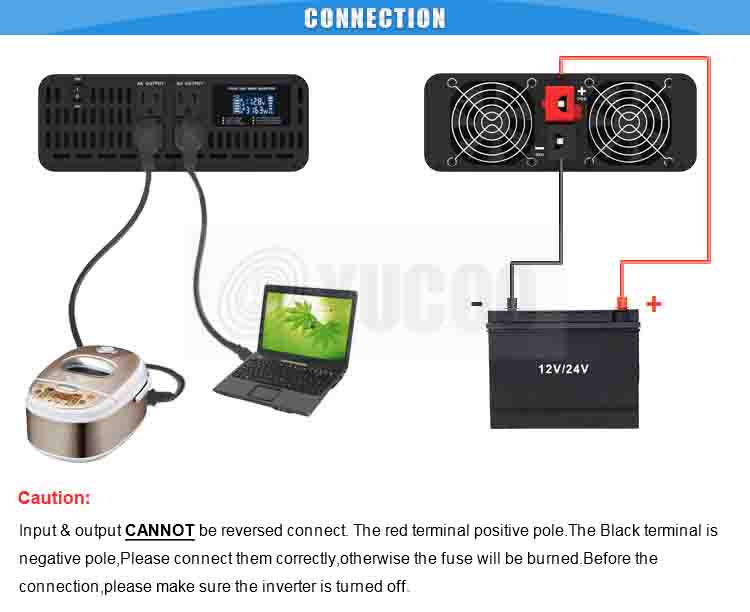
Market Trends and Key Players in Inverter Technology
The global inverter technology industry has been witnessing significant growth due to various factors such as the increasing adoption of renewable energy sources, advancements in power electronics, and the growing demand for energy-efficient devices. Here are some key trends and players shaping the inverter technology market:
Global Market Trends and Growth Factors in Inverter Technology The global inverter market is witnessing significant growth due to the increasing adoption of renewable energy sources, advancements in power electronics, and the growing demand for energy-efficient devices. The rapid decrease in the cost of solar PV installations, especially in technologically advanced nations like the U.S. and Germany, and developing countries globally such as India, is contributing to the growth of the PV inverter market.
Regional Insights into Inverter Technology The Asia Pacific region dominated the market with the largest market share in 2023, with China being a major contributor. On the other hand, the U.S. emerged as the largest market in North America in 2023, with trends including an increase in the sizes of central inverters and three-phase string inverters.
End-Use Insights: Commercial, Residential, Industrial, and Utilities The utilities segment emerged as the leading segment and accounted for a significant revenue share in 2023. Key players, such as SMA Solar Technology AG and Delta Electronics, Inc., are engaged in manufacturing string and central PV inverters. The residential segment has also witnessed growth due to increased demand for solar renewable energy among consumers.
Key Players in Inverter Technology Some key players operating in the inverter market include Siemens Energy, Fimer Group, SMA Solar Technology AG, Delta Electronics, Inc., and SunPower Corporation. These companies have adopted strategies such as new product developments, contracts & agreements, investments & expansions, and mergers & acquisitions to capture a larger share of the inverter market.
Future Outlook: Market Size & Trends The global PV inverter market size was estimated at USD 13.09 billion in 2023 and is expected to expand at a compound annual growth rate (CAGR) of 18.3% from 2024 to 2030. The growing awareness regarding environmental issues and the need to reduce carbon emissions are driving the demand for clean energy solutions, which in turn is expected to drive demand for various energy equipment, including PV inverters.
The Influence of Policies and Renewable Energy Goals on Inverter Technology
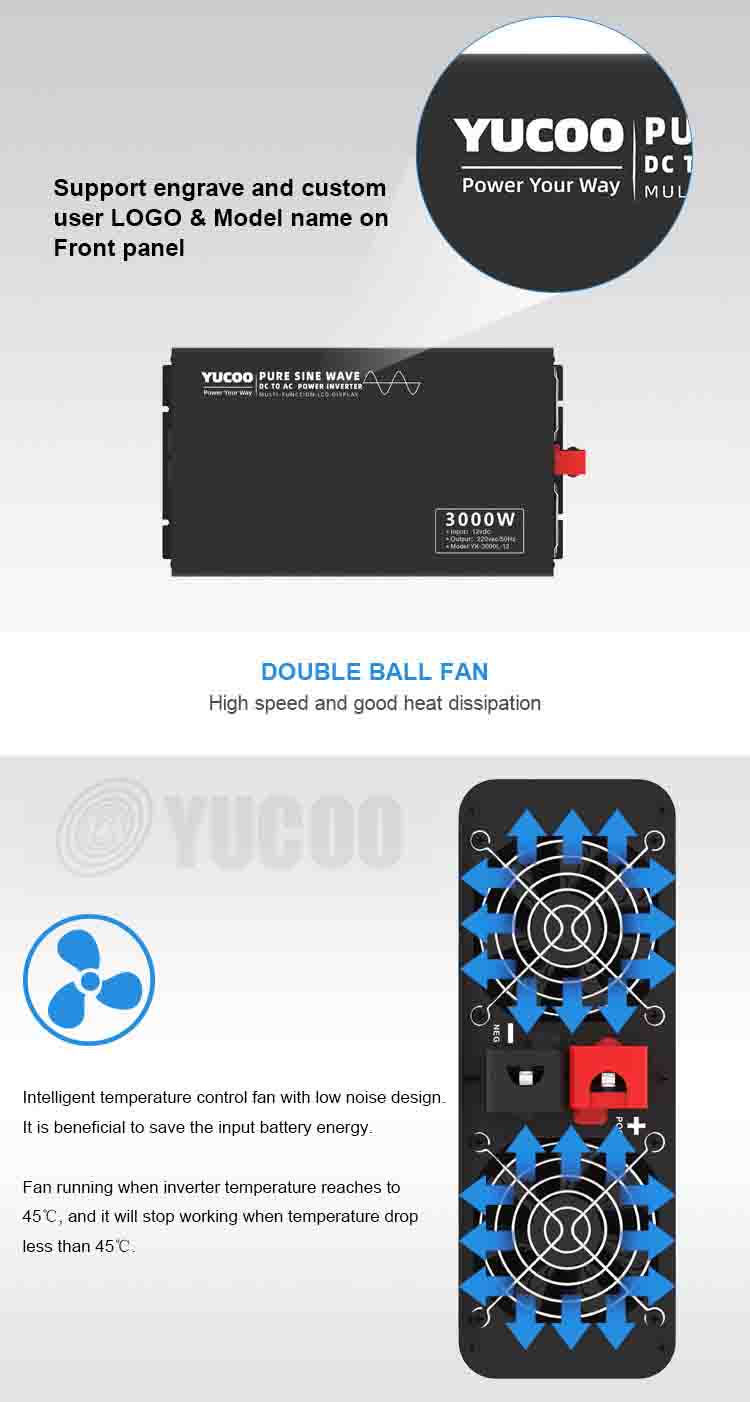
Policies and renewable energy goals greatly influence the development and adoption of inverter technology. Here's how:
Promotion of Renewable Energy and Decarbonization: Policies encouraging renewable energy and decarbonization, like the New York State’s Climate Leadership and Community Protection Act, drive investments in the electric system, including inverter technology. These policies require a significant percentage of electricity to come from renewable resources, necessitating substantial investments in new, carbon-free resources and additional transmission infrastructure. Inverter technology plays a crucial role in integrating these new resources into the grid.
Support for Sustainable Development Goals (SDGs): Inverter technology, particularly solar inverters, aligns with various SDGs presented by the United Nations. They help reduce greenhouse gas emissions and combat climate change (SDG 13), provide access to affordable and clean energy (SDG 7), and foster decent work and economic growth (SDG 8). These goals encourage the advancement and deployment of inverter technology.
Influence of Corporate Social Responsibility (CSR): Many businesses incorporate sustainability and renewable energy goals into their CSR strategies. By installing power systems with inverters, they can reduce their carbon footprint and demonstrate a commitment to environmentally responsible methods. This corporate commitment drives the demand and innovation in inverter technology.
Technological Advancements and Market Trends: Policies and goals fostering renewable energy adoption lead to technological advancements in inverters. These include increased efficiency, integration with energy storage solutions, and smart grid integration. Market trends driven by policies, such as the decentralization of energy generation and rural electrification, also promote the adoption of inverters .
Collaborative Efforts and International Agreements: Public-private partnerships, corporate commitments to sustainability, and international cooperation, like the Paris Agreement, foster the transition to renewable energy. These collaborative efforts create a conducive environment for the deployment of inverter technology
